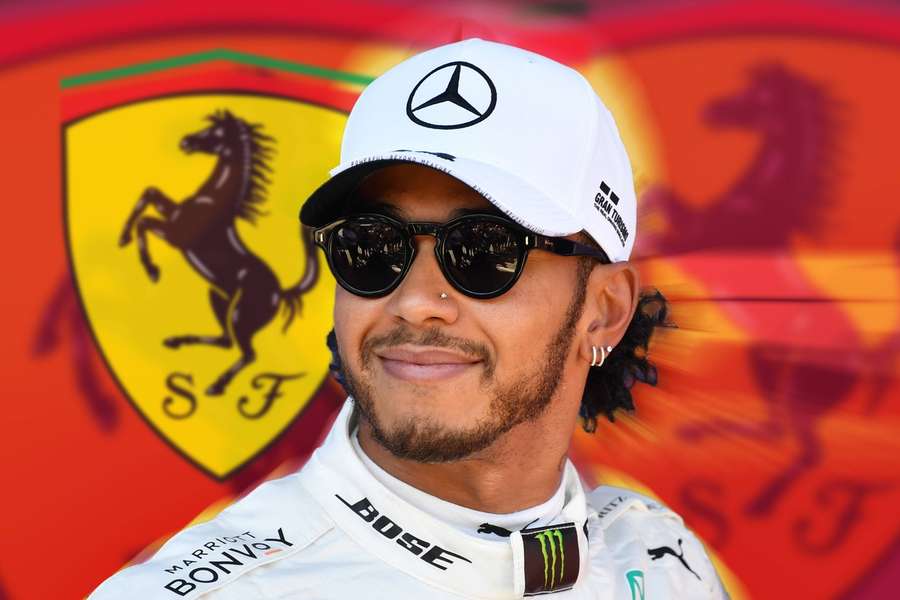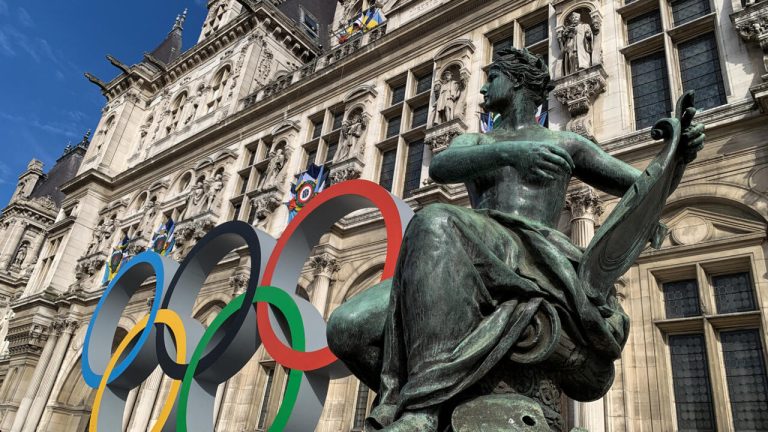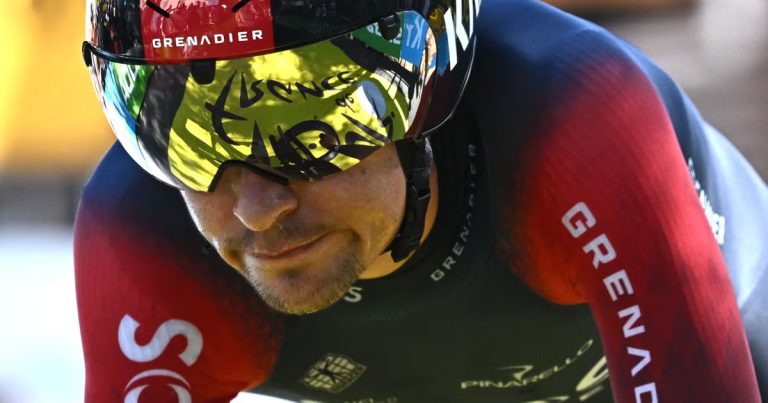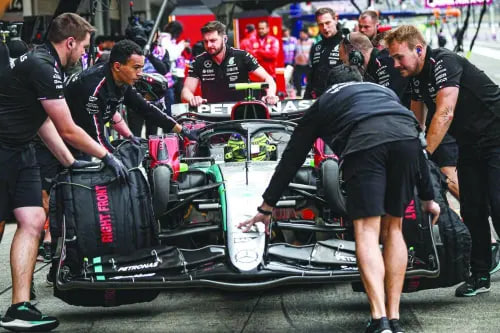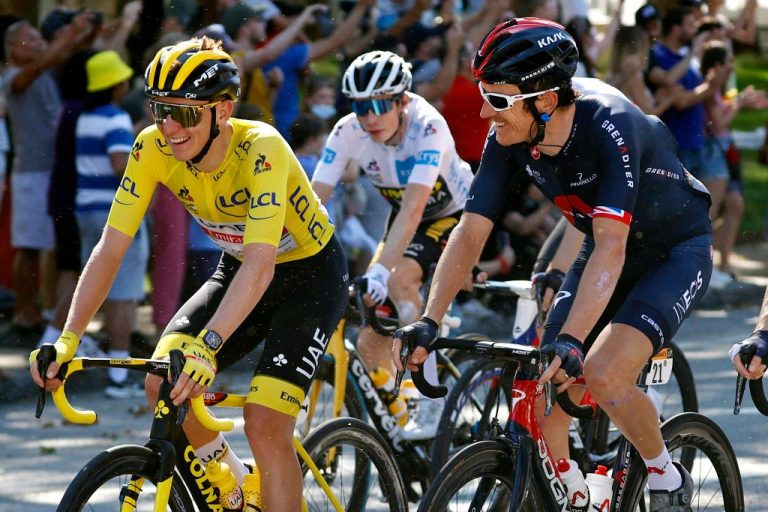Focus on Formula 1: Who will replace Lewis Hamilton and why is he joining Ferrari?
In the ever-dynamic realm of Formula 1, where developments are ceaseless, Finley Crebolder from Fl 24hscore shares insights on some of the major stories circulating in the paddock. As we embark on the 2024 season, even during the off-season, the Formula 1 landscape is ablaze with noteworthy events.
Initially, the focus was expected to revolve around Charles Leclerc and Lando Norris securing new contracts with Ferrari and McLaren, respectively. However, a series of events unfolded that shifted the spotlight entirely. The rejection of Andretti’s proposed entry was one story, but the revelation that Lewis Hamilton would be joining Ferrari after the upcoming season dwarfed all others.
This move is anticipated to be one of the most significant in the sport’s history, aligning arguably the greatest driver with the illustrious Ferrari team. Such a momentous development demands an exclusive edition of Formula 1 Focus dedicated to unraveling the intricacies of this high-profile transfer.
The specifics will be discussed now:
Why Ferrari?
The initial question on everyone’s mind, including mine, is: why is Lewis Hamilton choosing to join Ferrari? Despite Mercedes’ recent struggles in providing him with a competitive car, the German team has been dominant since joining the grid in 2014. Ferrari, on the other hand, has only outperformed them in 2022 but has consistently fallen short, especially in in-race strategy.
One possible explanation could be that Ferrari has presented Hamilton with a compelling roadmap for the coming years, convincing him that they possess the best chance of narrowing the gap to Red Bull. However, given Ferrari’s history of unfulfilled grand plans, Hamilton, with his seasoned experience, might harbor doubts about their ability to deliver on their promises.
A more plausible scenario is that, unconvinced by Mercedes’ performance improvements over the winter break, Hamilton has concluded that his current team won’t catch up to Red Bull anytime soon. While Ferrari may face similar challenges, if winning a championship seems improbable, then missing out on it at Ferrari, a team that embodies every driver’s dream, might be the next best scenario.
Hamilton has often expressed his childhood dream of driving for Ferrari, and with the prospect of securing an eighth World Championship seemingly uncertain given Red Bull’s dominance, fulfilling this dream becomes an appealing pursuit for the latter part of his career.
The worst-case scenario, in this context, would be Hamilton merely fulfilling his childhood dream without adding another championship to his illustrious career. Nevertheless, even in this worst-case scenario, the fulfillment of a dream aligns as a rather desirable outcome.
In essence, the decision to join Ferrari is laden with complexities, intertwining career strategy, team dynamics, and personal aspirations. As the Formula 1 community grapples with the repercussions of this seismic shift, the 2024 season promises to be one of unprecedented anticipation and intrigue.
Who will Mercedes put in his place?
Mercedes is currently confronted with a pivotal decision regarding the replacement of the legendary Lewis Hamilton. The team essentially has two avenues to explore: either they seek a driver on the grid capable of rivaling Hamilton’s prowess, or they opt to elevate George Russell as the team leader, flanked by a second driver in a support role reminiscent of Valtteri Bottas’s position alongside the seven-time World Champion.
In the pursuit of a direct replacement for Hamilton, Mercedes faces a challenge due to the limited pool of available drivers. Max Verstappen is committed to Red Bull, Lando Norris to McLaren, and Charles Leclerc to Ferrari. Consequently, only Fernando Alonso emerges as a viable option, presenting himself as the sole candidate possessing both the experience and skill comparable to Hamilton.
On the other hand, if the team leans towards Russell as the main driver, the options for a secondary support role become more diverse. Potential candidates include Nico Hulkenberg, originally considered in 2013 as Hamilton’s backup; Esteban Ocon, a former reserve driver and academy product; Alex Albon, offering the prospect of securing a longer-term lineup; and the choice between Sergio Perez and Daniel Ricciardo, depending on Red Bull’s decision for their second 2025 seat. Additionally, a hypothetical swap with Ferrari involving Carlos Sainz is mentioned as a plausible scenario.
If I were in Toto Wolff’s position, I would advocate for going all-in on Alonso. However, there’s a prevailing sentiment that Wolff might lean towards making Russell the primary driver. Russell is perceived as the future of the team, and there exists a tangible risk of upsetting him by not designating him as the lead driver. This risk might be deemed unwarranted, especially considering the possibility that Mercedes may not be contending for titles before Alonso’s potential retirement.
While Russell is acknowledged as a promising talent, it’s recognized that he is still a work in progress. Consequently, Wolff’s priority would be securing a reliable second driver capable of stepping up when needed. In this context, Hulkenberg emerges as a frontrunner, although the dynamics could shift if Ricciardo delivers a strong performance. The Australian driver is considered a likely contender for a seat at Red Bull if he impresses during the upcoming season.
What does Carlos Sainz do next?
It’s understandable that Ferrari would alter their plans when presented with the opportunity to sign an all-time great. While it’s hard not to sympathize with Carlos Sainz, who has performed admirably since joining the Italian team, the dynamics of Formula 1 often dictate unforeseen changes. Despite being seemingly nudged out of Ferrari, Sainz’s impressive track record should undoubtedly secure him a top-tier seat elsewhere.
One plausible destination could be Mercedes, where Sainz is likely to be a prominent name on their shortlist. His wealth of experience and race-day consistency could complement the burgeoning talent of George Russell, making them an appealing pairing on paper. However, there is a potential hesitancy on Sainz’s part, considering the prospect of joining a team that already has a homegrown sensation. The situation mirrors his departure from Ferrari, where the emergence of a homegrown star affected his standing within the team.
An alternative scenario might see Sainz aspiring to be the focal point of a team, a desire that could lead him to Audi. The German manufacturer has ambitious plans for the Formula 1 realm, particularly when they take over the team currently known as Stake in 2026. While this would necessitate spending a season in the midfield before the takeover, the prospect of leading one of the strongest teams on the grid could be a compelling reason for Sainz to exercise patience.
Considering his Spanish heritage, a move to one of the German giants seems a likely prospect for Sainz. Teaming up with or potentially replacing compatriot Fernando Alonso at Aston Martin also emerges as a realistic possibility. The uncertainty surrounding Alonso’s future, coupled with the potential of losing him to Mercedes or reaching a tipping point with Lance Stroll, makes Aston Martin an intriguing option for Sainz.
While Sainz’s tenure at Ferrari may be drawing to a close, his journey fighting at the front of the grid is far from over. The twists and turns of Formula 1 often create unexpected opportunities, and Sainz’s resilience and skill ensure that he remains a sought-after asset in the driver market. As the speculation surrounding his next move intensifies, the Formula 1 community eagerly awaits to see which path Sainz will choose, confident that his racing career is far from reaching its conclusion.

